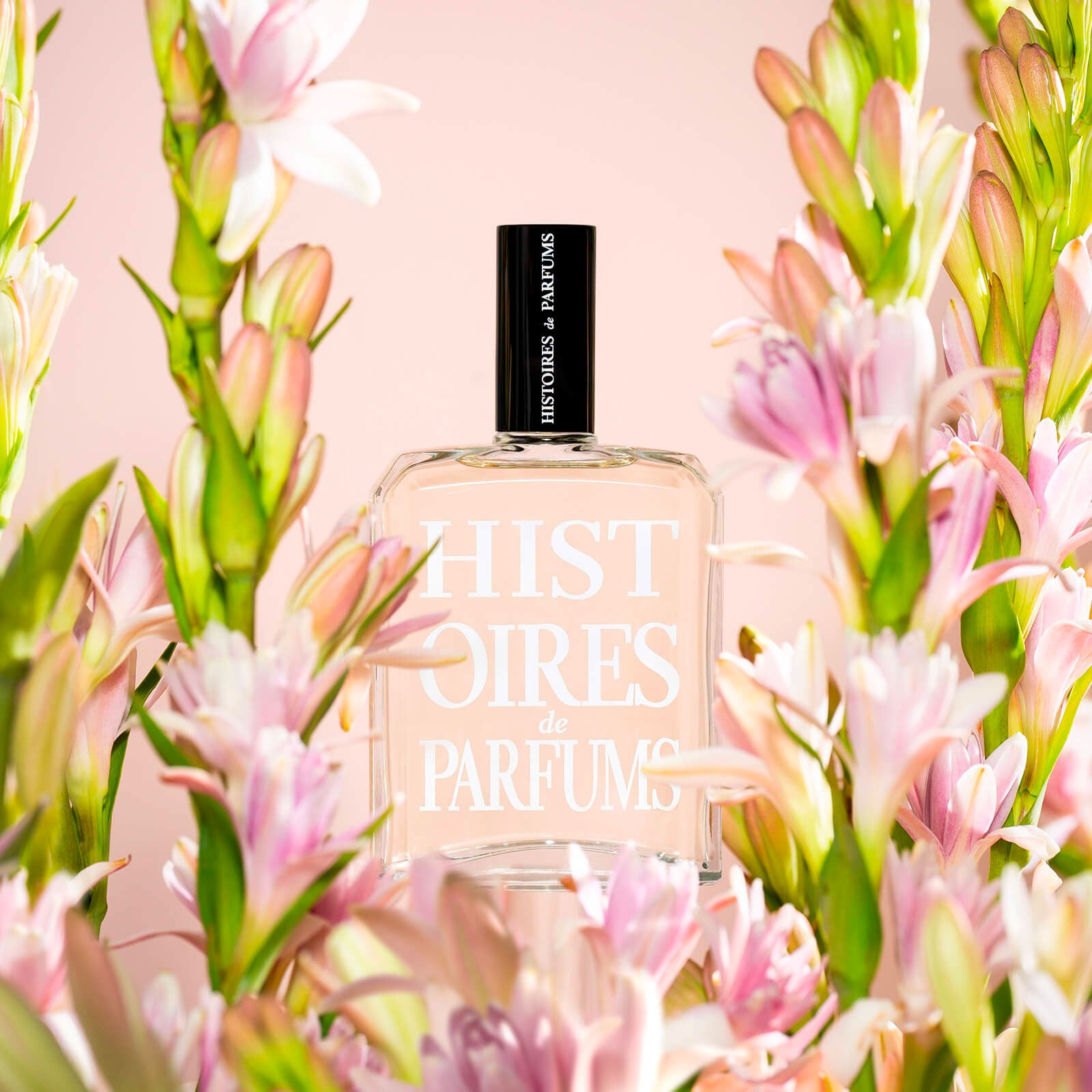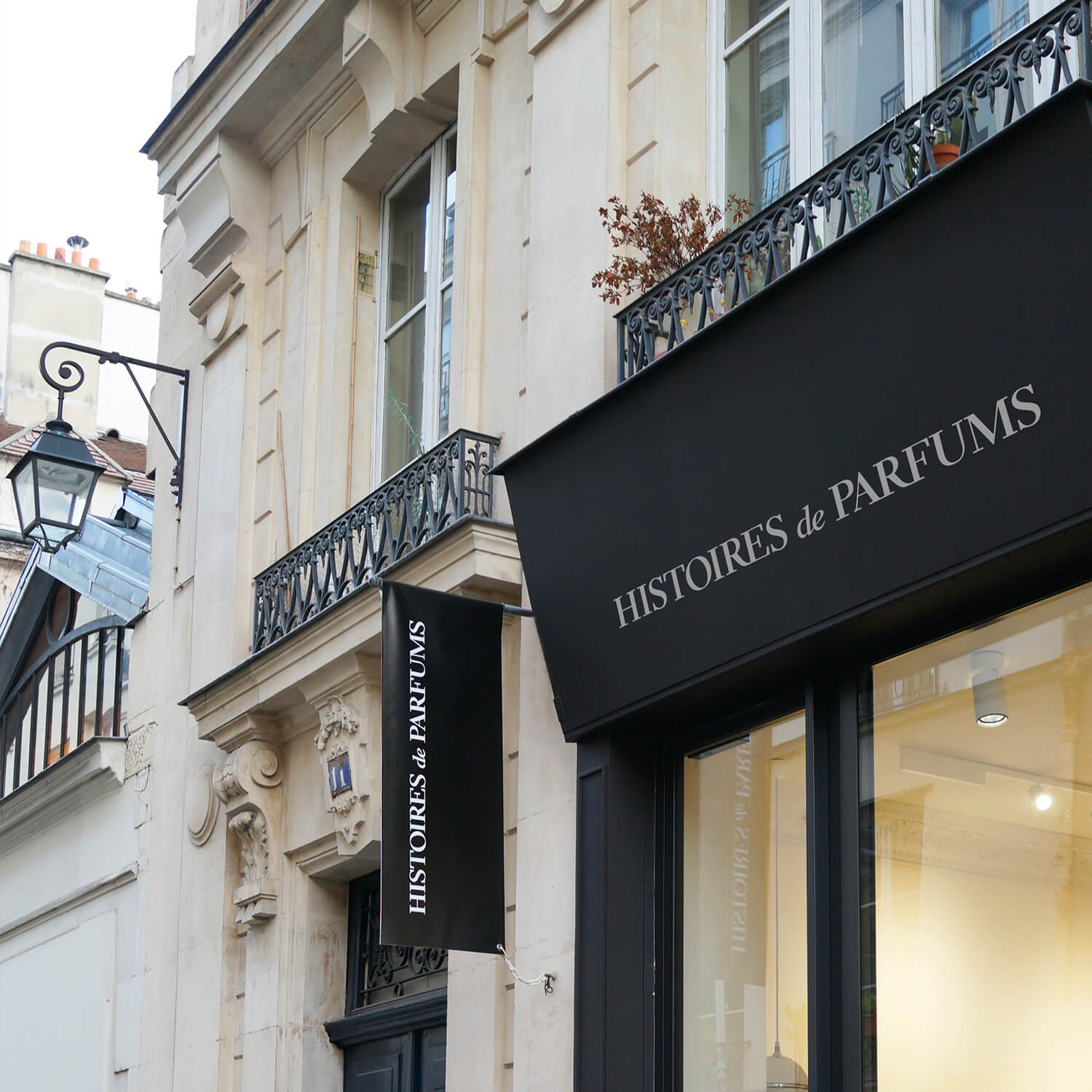Carnations

The plant:
The carnation, or "Dianthus", belongs to the Caryophyllaceae family, in which there are 300 plant species. The carnation comes in many sizes and colors, measuring between 30cm and 1 m, and can be white, blue, red, yellow, purple, pink etc.
It is planted between September and June, and will blossom between April and September. Based on the type of carnation, it will blossom annually or bi-annually.
The History:
The Latin name Dianthus, comes from the Greek word dios, meaning divinity, and anthos, meaning flower. It is thus the flower of the gods! Based on the Greek myth, Diane, the goddess of the hunt, in an angry outburst had ripped out a shepherd's eyes and thrown them to the ground. These eyeballs then sprouted into carnations. The French language plays with this tale to explain that "oiellet" meaning carnation, comes from the word "oeil" meaning eye.
During Antiquity, carnations were used to make crowns for the winners of sporting events. "Carnation" in English, thus derives from the Italian word "Corona" meaning crown.
Carnations also play an important role in art. The Middle-Aged tale even suggests that red carnations came from the blood of Christ. The flower makes an appearance in many paintings such as Leonardo da Vinci's "Madonna of the Carnation" and Raphaël's "Madonna with Beardless St. Joseph".
Seen as a superstitious object, carnations are not welcomed in the world of theater. In the 19th century for example, it was appropriate to give an actress carnations if her contract was not renewed, (less expensive than the roses gifted to the newly signed actresses).
The carnation also has a history deeply rooted in politics. In the 19th century, on May 1st 1890, France's Labor Day, the working class adopted red carnations to call upon the Second International. Concurrently, the royals and conservatives would go on to adopt white carnations, which represent love and fidelity. In 1920, the white carnation became a symbol for Mother’s Day in America. In April of 1974, at the fall of Salazar's dictatorship, Portugal was experiencing a "Revolution of Carnations" which gets its name from the red carnations worn by insurgents to the political regime.
In Perfumeries:
Carnation essences are not widely used in perfumery. Its scent is essentially reconstructed individually by each perfumer, who will re-create the fragrance based on their preferences.
At its foundation, the carnation's scent is made up of Eugenol, or of a similar base considering that the legislation in effect limits the use of eugenol in perfume. Then, other scents are added to obtain the desired fragrance. The perfumer can then create a greener, more pungent and warmer carnation... The final product is usually topped off with a drop of vanilla to amalgamate the perfume's structure, or with a drop of iris to add a powdered look.
In perfumery, the carnation peaked at the beginning of the war in the 20th century. The market was filled with perfumes based on the scent of carnations. While in the 1950's the carnation makes a graceful reappearance, it eventually falls into abeyance. Since the early 2000's, the carnation sporadically reappears, but remains of small interest to an era of perfumery dominated by the everlasting oud and rose fragrances.



Leave a comment
This site is protected by hCaptcha and the hCaptcha Privacy Policy and Terms of Service apply.